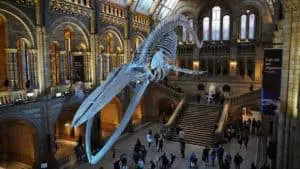The Secret World of Urban Exploration: Unveiling Hidden Gems of the Abandoned Urban Landscape

Updated On: April 17, 2024 by Ciaran Connolly
We stand on the precipice of the unexplored, peering into the clandestine realm known in whispered tones as urban exploration. This is where the thrill of adventure merges with the haunting beauty of decay, and each deserted structure tells a tale. Abandoned factories, derelict hospitals, and once-buzzing warehouses provide a unique canvas for the passionate and the brave to trace the bygone era’s ephemeral fingerprints. Driven by curiosity, we navigate through the skeletal remains of human endeavour, finding beauty in desolation and stirring the echoes of history in the silence.
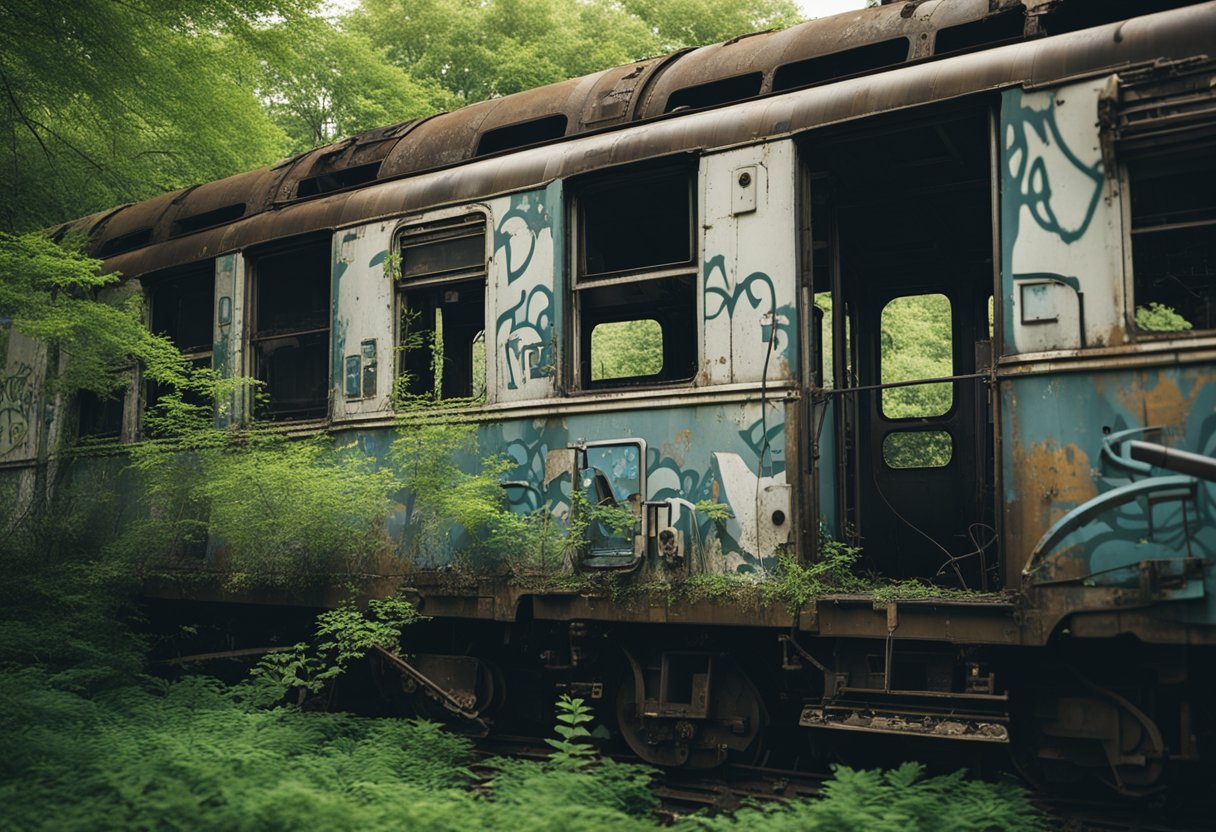
This pursuit is far from mere trespass; it’s an art form, a study of forgotten spaces that the world has left behind. As we dive into this secret world, we unlock the urbex code – a blend of respect, preservation, and discretion that guides our every footstep. It’s not just about the destination but the journey of discovery. We equip ourselves with the urbex toolkit, ensuring we document our exploration with meticulous care while staying safe both above and below ground. Through urban exploration, we peel back the layers of cities, revealing stories untold and wonders unseen, fostering an understanding of the societal impact of these behemoth structures.
Key Takeaways
- Urban exploration is an adventure seeking out the grace in the forgotten.
- Our exploration is guided by a code of respect and ethical conduct.
- We document our discoveries while prioritising safety and historical preservation.
The Roots of Urban Exploration
Urban exploration, often abbreviated as urbex, is a journey into the unseen and forgotten spaces of our urban environments. It’s an exploration of history and culture through the physical remnants of the past and present.
History and Evolution
Urban exploration has a rich history, tracing back to when individuals began to seek out the forbidden or unseen parts of urban environments. From the catacombs of Paris to the abandoned subway stations of New York, these spaces captivate the curious and the brave. Over the years, urbex has evolved from a niche hobby into a global phenomenon, propelled by the desire to reconnect with the past and document the transient nature of human creations.
Influences on the Hobby: Enthusiasts often cite the publication Access All Areas by Ninjalicious, the pseudonym of Jeff Chapman, as a definitive guide that has deeply influenced urbex culture. This book not only acted as a catalyst for the urban exploration community but also highlighted the importance of respecting the spaces and leaving no trace.
Past meets Present: As urban landscapes continually shift and change, urban exploration serves as a bridge between what was and what is. It’s a way to physically touch history, be it through the architecture, artifacts, or the very dust of the long-forgotten structures.
Influential Explorers
Over time, notable figures have emerged, embodying the spirit of urbex and inspiring others to follow their path.
Ninjalicious: As mentioned, the late Ninjalicious was a significant pioneer. His comprehensive guides and dedication to the ethics of exploration popularised the activity and provided a framework for others.
Steve Duncan: As an urban historian and explorer, Steve Duncan’s forays into the underground and his documentation through photographs and stories have secured his place as a central figure in the narrative of urban exploration. Duncan illuminates the layered history hidden beneath modern cityscapes.
Our aim is to share not just the thrill of discovery, but also the intrinsic connection between these abandoned places and the historical tapestry they are a part of. Each site explored sheds light on the periods it was active and offers a physical narrative of the city’s evolution.
In our journey to uncover the secrets held within the abandoned wonders, we remain mindful of the culture and history encapsulated within these urban relics.
Unveiling the Urbex Code
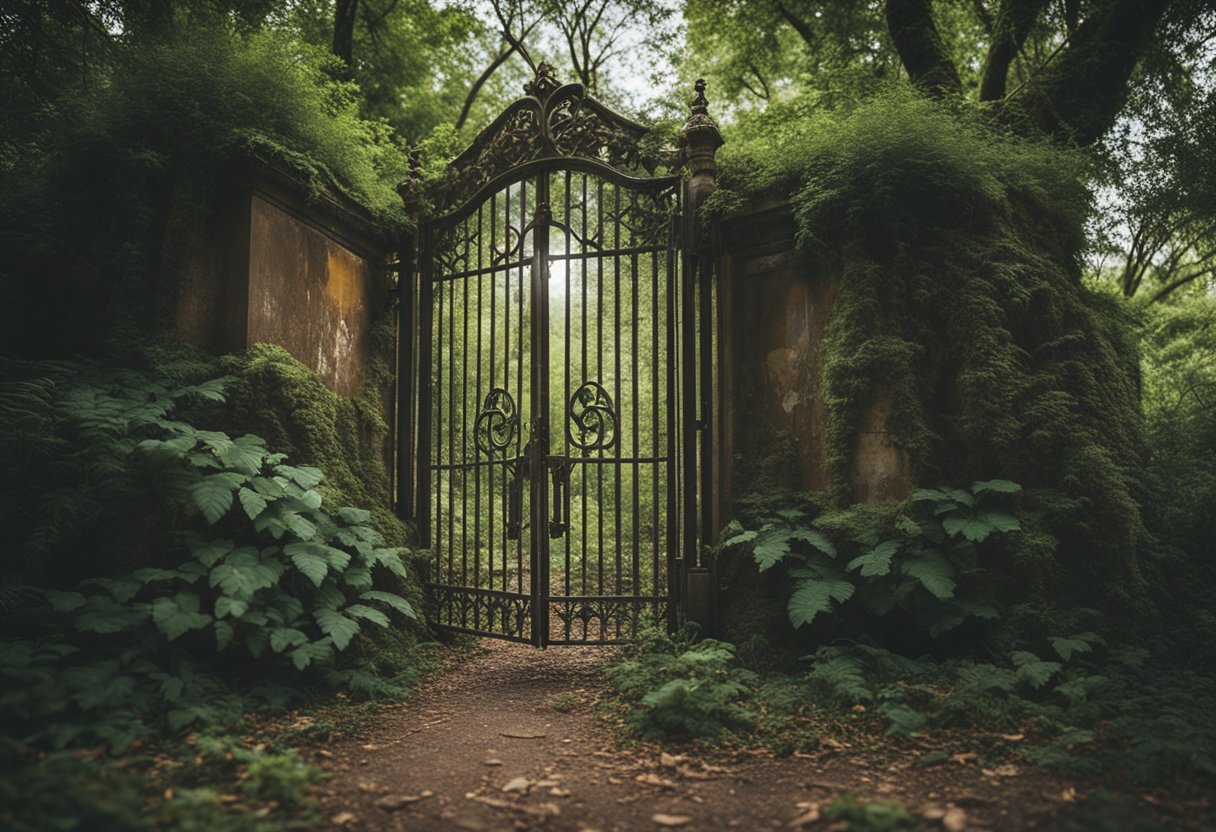
Urban exploration, or ‘urbex’, is a journey into the hidden enclaves of civilization—a testament to our search for history’s faded echoes. We navigate through the ethics and secret language that define this community.
Ethics and Philosophy
The urbex community is governed by an unspoken code of conduct focused on respect and preservation. Our ethos is “Take nothing but photographs, leave nothing but footprints”, which serves as a guiding principle. Within the community, we are acutely aware of the delicate nature of the sites we visit. Many, like the cataphiles of Paris – enthusiasts who roam the catacombs beneath the city, and ‘mole people‘, often found in derelict subterranean spaces, vehemently uphold these principles.
- Respect for History: We approach sites as living museums, each artefact a vital part of the narrative.
- Privacy: Locations and entry points are often kept secret to prevent vandalism and preserve integrity.
- Safety: Our explorations are conducted with the utmost care to ensure personal safety and that of fellow explorers.
The Language of Urbex
Urbex has developed its own lexicon, a shorthand that conveys complex details swiftly among those in the know. Terms such as ‘infiltration’ and ‘exfiltration’ describe the act of entering and exiting sites unseen, while ‘recce‘ shows the preliminary scouting of a location. Particular vocabulary signifies the nature of sites, like ‘rurex’ for rural exploration for or ‘derp’ denoting a dilapidated and abandoned structure.
- Key Terms:
- Infiltration/Exfiltration: Entering/exiting locations.
- Recce: Reconnaissance of a potential urbex site.
- Rurex: Rural exploration.
- Derp: A derelict and forgotten building.
Understanding this language is crucial for our community to share information efficiently and discreetly. It binds us together, creating a sense of belonging and camaraderie in our quest to uncover the unseen.
Venturing into the Unknown
We find a special kind of thrill in discovering spaces that time seems to have forgotten. It’s here, amidst the dust and silence, where we unravel history’s secrets and craft our own tales of adventure.
Finding Abandoned Spaces
Curiosity: It drives us, as urban explorers, to seek out the hidden and the forbidden. Abandoned buildings, once bustling with life, now stand as silent sentinels to the past. These structures often lie at the edge of legality, so our endeavours must be responsible and informed.
- Safety First: Before entering any abandoned site, we ensure safety measures are in place. This includes wearing appropriate protective gear and being aware of structural hazards.
- Respect the Law: We investigate the legal status of a location to avoid trespassing. Public records and land registers can often be searched to ascertain ownership details.
Adventure and Preparation: Each expedition into these forsaken halls is meticulously planned. We map our incursion, aware that these decaying labyrinths can easily disorient or trap an overeager traveller.
The Allure of Abandoned Buildings
Enigmatic Echoes: Each corridor and empty room in an abandoned building whispers stories of yore. As we traverse these spaces, we become silent witnesses to history, imagining the lives that once filled these voids.
- History Preserved: We document our findings, careful to disturb nothing. Photography plays a crucial role, capturing the beauty in decay that these hidden gems offer.
A Portal to the Past: Venturing into the unknown is more than a mere hobby; it’s a homage to the past. As we explore, we are not just sightseers—we are time travellers, stepping through a portal to a bygone era where each peeling paint and rusted hinge has a story to tell.
Urban Exploration’s Ethical Creed: We carry with us a code of ethics, honouring these structures and their untold histories by leaving them as we find them. It’s not about souvenirs; it’s about memories, not just of the place but of the journey into the unknown.
Mastering the Art of Stealth

Embarking on urban exploration necessitates a particular set of skills, with stealth being paramount amongst them. It’s not solely about the thrill but also about upholding legal and ethical standards, ensuring safety, and respecting the spaces we enter.
Trespassing and Legal Concerns
Trespassing is a serious consideration for urban explorers. Most abandoned structures are protected by laws that vary greatly by location. Before attempting an exploration, it’s critical to:
- Understand local laws: Familiarise ourselves with the regulations governing the site we’re interested in.
- Seek permission when possible: Secure access legally to avoid the legal ramifications of trespassing.
Educating ourselves on these concerns is essential to ensure that our adventures in discovery do not have legal repercussions.
The Skill of Invisibility
The skill of invisibility is not about literally vanishing from sight, but about moving with minimal impact and without drawing attention. Here’s how we achieve this:
- Dress appropriately: Choose clothing that blends with the environment to avoid sticking out.
- Timing: Plan visits during less conspicuous times to minimise the chance of being seen.
Invisibility is about respecting the ethos of “take nothing but photographs, leave nothing but footprints,” and ensuring our safety while exploring the unseen facets of urban environments.
Worldwide Wonders
We explore the allure of the hidden and the forbidden that thrives in the abandoned spaces of urban environments. From the eerie Catacombs of Paris to the intricate network of subways and sewers beneath bustling metropolises, these clandestine realms offer a hauntingly beautiful look into the past.
Catacombs of Paris
Beneath the streets of Paris, France lies a vast network of old quarries transformed into ossuaries, known as the Catacombs of Paris. Housing the remains of millions, these catacombs present a solemn mosaic of Parisian history, dating back to the late 18th century. Venturing into this subterranean world, one traverses the narrow corridors lined with neatly arranged skulls and bones, a stark reminder of the city’s past.
Subways and Sewers
Contrasting the timeless Catacombs, the modern maze of subways and sewers represents the vital arteries of today’s cities. The extensive subway system in New York City, including the iconic Brooklyn Subway, exemplifies such modern marvels. Yet, alongside these bustling transit lines, lies the forgotten byways; abandoned stations and disused passageways that tell a different tale of the city that never sleeps. In the depth of these networks, urban explorers uncover artefacts and graffiti, echoing the lives once intertwined with these hidden conduits.
The Urbex Toolkit
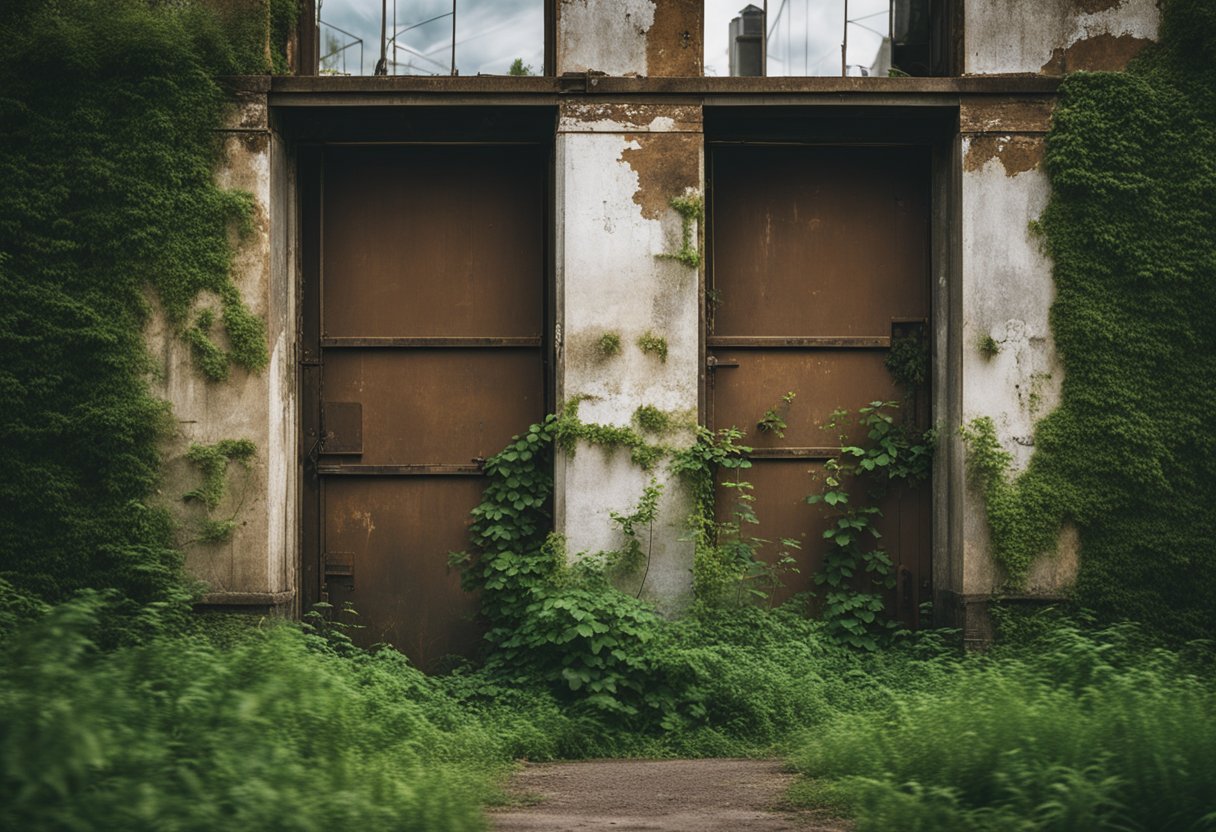
In the hidden realms of urban exploration, having the right tools can make the difference between a successful adventure and a hazardous one. We’ll examine the essentials to pack before you embark.
Essential Gear
Flashlight: A robust, waterproof flashlight is indispensable for navigating the dark recesses of abandoned structures.
- Masks: A P3 respirator ensures we are not inhaling harmful dust or asbestos.
Clothing:
- Sturdy boots: Protects against rubble and sharp objects.
- Heavy-duty gloves: Essential for grip and protection from cuts.
Photography Equipment:
- Camera: To capture the haunting beauty without disturbing the scene.
- Tripod: For stability in low-light conditions.
Navigation Tools:
- Maps: Even if you are using a digital guide, a physical map can be a failsafe.
- Compass: For when technology fails us.
Health and Safety Precautions
First Aid Kit: Always packed with basics like bandages, antiseptic wipes, and plasters for minor injuries.
- Safety: We always tell someone about our plans and expected return time for added safety.
Hydration and Nutrition:
- Water bottle: Vital for staying hydrated.
- Snacks: Energy bars or nuts can keep us going.
Legal Considerations:
- Guide to local laws: Awareness of trespassing laws is crucial. We may consult local urban exploration laws beforehand.
Staying informed on health and safety standards and abiding by the rules ensures our urban exploration endeavours are both thrilling and secure.
Documenting the Journey
When venturing into the forgotten realms of urban decay, we don’t just explore; we capture and share the essence of these spaces through our lenses and narratives, weaving a visual and textual tapestry that brings the unseen to light.
Photography and Storytelling
We utilise photography as a powerful tool to freeze moments in time, portraying the beauty and desolation of abandoned locations. Each frame serves not simply as a representation but as a story, with the inherent ability to convey the complex history of a space. On platforms like Instagram, these images transform into stories, connecting viewers to the spaces we’ve tread, each picture narrating a unique tale of decay and past vibrancy.
In storytelling, we thread a narrative through our captured visuals. With every site we visit, we bind the visual to the verbal, providing context that enriches the viewer’s experience and adds depth to the exploration. Blogs and YouTube allow us to expand on the stories behind the photography, echoing the silent tales told by the long-forgotten structures we document.
Sharing on Social Media
Social media becomes our exhibition hall, showcasing the raw and untouched splendour of urban exploration to a global audience. On platforms like TikTok, our explorations find motion, granting followers a real-time glimpse into the journeys we undertake. Short-form videos capture the heart of urban exploration, encapsulating the thrill and enigma in digestible snapshots.
On Instagram, our chronicles transform into a curated gallery, where each post invites interaction and discussion, allowing us to foster a community of like-minded individuals. By delivering consistent and high-quality content, we not only preserve these fleeting experiences but also inspire others to appreciate the complexities and narratives hidden within the urban landscape.
Staying Safe Above and Below Ground
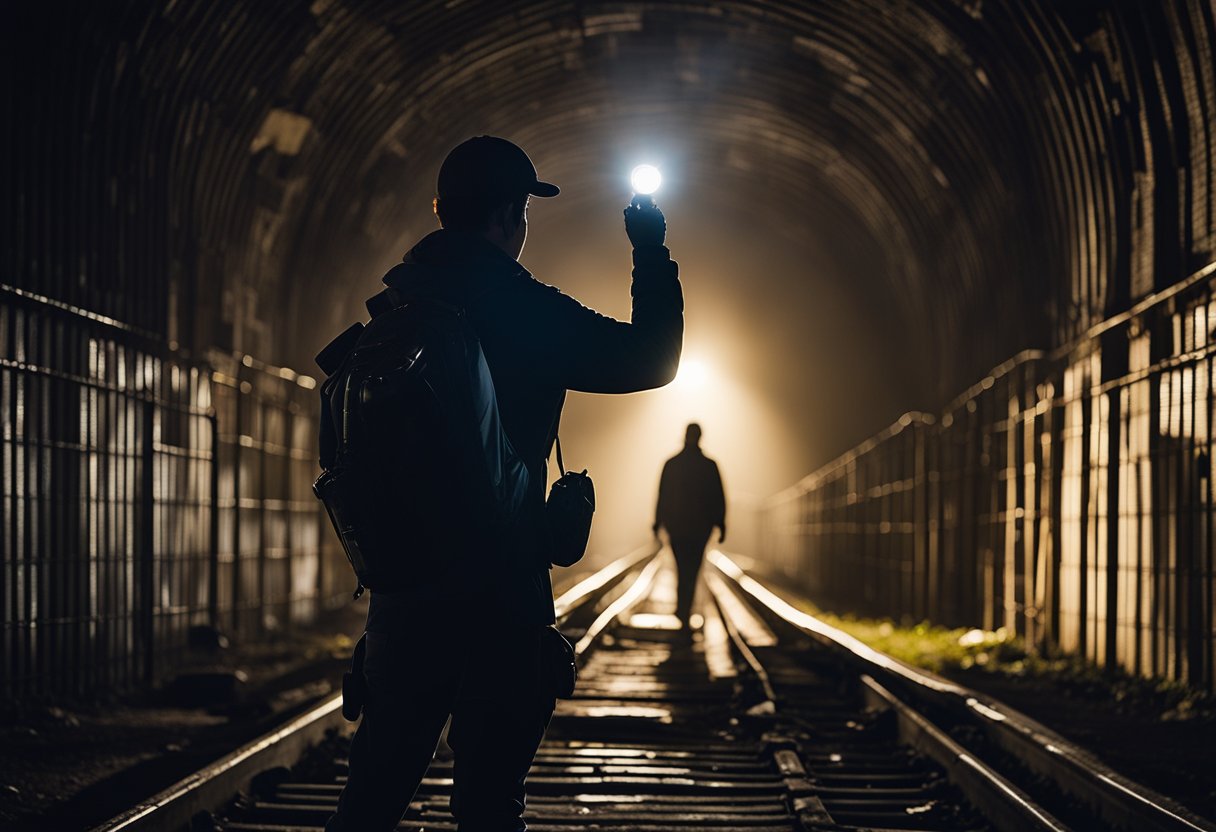
When we delve into the secret world of urban exploration, it’s imperative that we navigate safely to fully appreciate the abandoned marvels without harm to ourselves or the sites we visit. Ensuring our safety and the integrity of the places we explore is paramount.
Navigating Risks
Physical Hazards:
- Unstable structures: Floors and ceilings in derelict buildings can be precarious.
- Environmental toxins: Asbestos and lead paint are common in older buildings.
Legal Considerations:
- Trespassing laws: Ensure you’re aware of local laws to avoid legal ramifications.
- Property rights: Seek permission from owners when possible.
Health & Safety Gear:
- Helmets protect against falling debris.
- Respirators guard against harmful dust.
Safe Urban Exploration
- Research: Know the history and layout of the location.
- Communicate: Always inform someone of your plans.
Essential Gear:
- Sturdy footwear: Protects against sharp objects.
- Flashlights: Essential for poorly lit areas.
Safety in Numbers:
- Buddy System: Never explore alone for added safety.
Mindful Exploration:
- Be aware of surroundings and leave no trace to preserve these historic sites.
The Societal Impact of Urbex
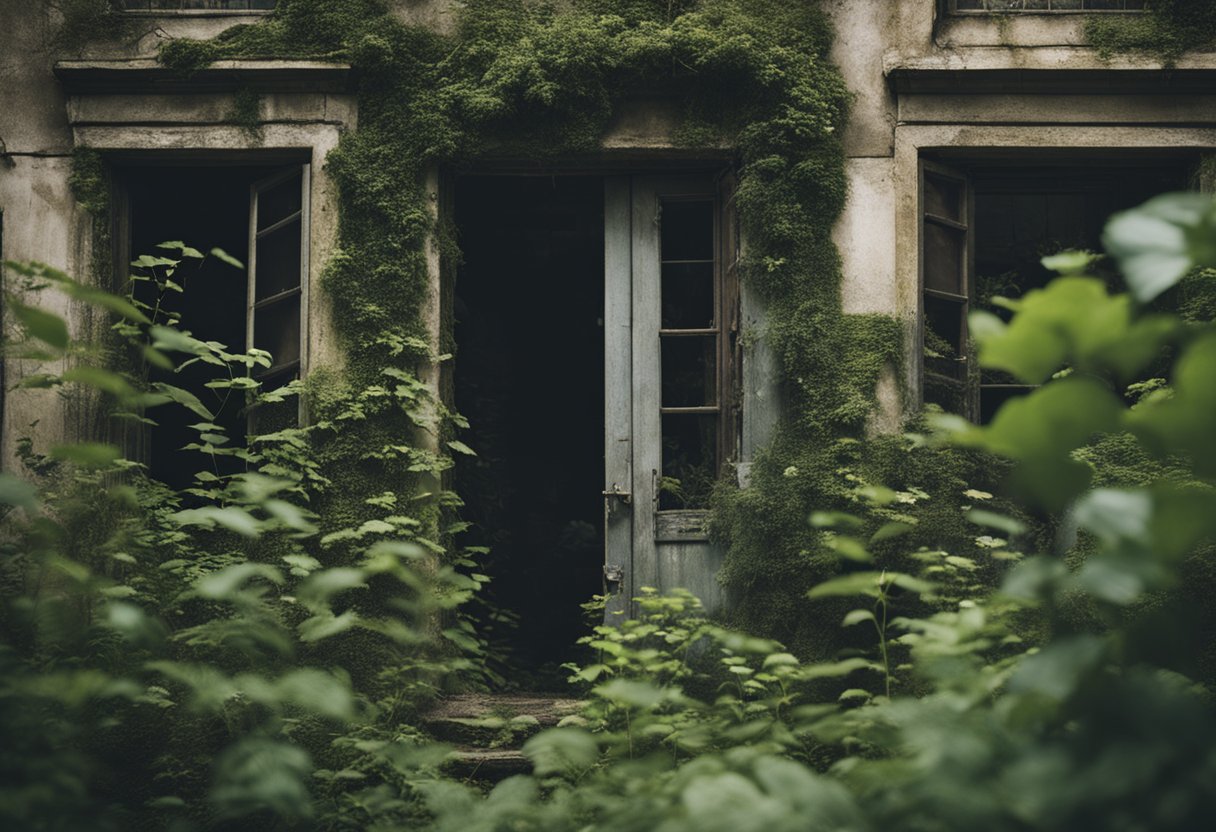
In the realms of preservation and local history, urban exploration has carved out a role that is as intriguing as it is controversial. On the one hand, it shines a light on neglected monuments of the past, while on the other, it raises questions about legality and safety.
Preservation and Local History
We find that urban exploration, or “Urbex”, serves as a digital archive of sorts, offering a snapshot of once-thriving places now left to decay. Enthusiasts often document and share their findings on the internet, providing valuable insights into local history that might otherwise be lost forever. This act of capture and share can foster a greater appreciation for the historical and cultural significance of abandoned sites among the wider public.
Not only does urban exploration underscore the importance of preservation, but it also evokes stories embedded in the physical spaces that played crucial roles in bygone eras. This can act as a powerful catalyst for local communities to engage with and potentially secure the future of these sites.
Modern Relevance and Challenges
As a modern-day adventure, Urbex reflects society’s desire to reconnect with the past and understand the contexts that shaped our current urban landscapes. However, urban exploration is not free from risks. The physical danger of navigating unstable structures, potential legal implications of trespassing, and ethical debates about the disturbance of sites all present significant challenges.
Despite these risks, the pull of Urbex remains strong. It stokes the fires of our collective curiosity, encouraging us to peer beyond the façade of the everyday towards the mysteries that lie beneath. This pursuit requires a delicate balance between the thrill of exploration and the responsibility towards preservation and respect for local history.
Through transparent sharing of experiences and fostering dialogue, the urban exploration community must navigate the thin line between adventure and respect for the locales they traverse, ensuring their activities do not undermine preservation efforts.
Cities and Their Hidden Layers
Beneath the familiar streets and monuments, cities boast complex networks that often go unnoticed. We uncover the hidden layers that exist out of sight, offering a unique perspective on urban landscapes.
Exploring Storm Drains and Utility Tunnels
Urban explorers find a labyrinthine world within storm drains and utility tunnels. These subterranean passages form an essential part of the city’s infrastructure, controlling water flow and housing vital services. In abandoned sections, one might stumble across graffiti galleries or remnants of past utilities, providing an unintended historical record.
Hidden Treasures in Urban Centres
Amid the hustle and the cacophony of city life lies the allure of hidden treasures. This includes forgotten abandoned subway stations, where time seems to have stood still. It’s here that we find echoes of eras past, with old advertisements still clinging to the walls, and platforms that once teemed with passengers now silent.
The Future of Urban Exploration

The practice of urban exploration is poised for transformation, characterised by rapid technological innovation and shifting environments that are redefining the nature of urban adventuring.
Technological Advancements
In the world of urban exploration, technology is set to play an increasingly pivotal role. Drones, for example, are providing Urbex enthusiasts with new perspectives, enabling aerial surveys of hard-to-reach places. Equipped with high-resolution cameras, drones can capture detailed imagery of abandoned structures, allowing explorers to plan their forays with greater precision.
Virtual reality (VR) and augmented reality (AR) are also emerging as transformative tools. By harnessing VR and AR, explorers can simulate entry into derelict spaces, presenting opportunities for those who may not have the physical capability, legal access, or desire to physically enter such spaces. This technology can create immersive experiences, augmenting the adventure with historical overlays or reconstructions of these sites in their prime.
The Changing Landscape of Urbex
Urban exploration itself is evolving due to changing urban environments. As cities grow and modernise, the number of abandoned spaces may decrease, altering the traditional urbex landscape. However, this drives an even greater sense of urgency among explorers to document and experience these vanishing wonders before they disappear or are repurposed.
The ethics of urbex continue to be a discussion point. Our aim aligns with promoting responsible exploration that ensures safety, legality, and preservation of these historical sites. We advocate for a future of urbex that respects the locations and their stories while allowing adventurers to uncover the hidden chapters of urban decay. The adventure lies in the balance between preservation and discovery, capturing the essence of these spaces without contributing to their demise.
Frequently Asked Questions

When it comes to unearthing the forgotten fragments of our urban landscapes, a myriad of questions arise. We are here to address some of the most pivotal queries that budding urban explorers might have.
What is the legal status of entering and exploring abandoned sites?
Legalities around accessing abandoned sites vary widely, but it’s generally frowned upon or illegal in many places without permission. It’s crucial to understand local laws and to seek permission from owners or authorities to avoid fines or arrests.
What essential equipment should one carry for urban exploration?
Necessary gear includes strong, comfortable footwear, a durable flashlight, gloves, a helmet, and a camera for documenting your finds. Additionally, a fully charged mobile phone and a map of the area are vital for navigation and safety.
How does one ensure personal safety while exploring abandoned structures?
Personal safety is paramount; always explore with a buddy, inform someone of your whereabouts, and never push beyond your limits. Being aware of risks, like unstable structures and hazardous materials, is essential.
What are the ethical considerations to keep in mind during urban exploration?
We maintain respect for the sites we visit by taking only photographs and leaving only footprints. Vandalism, breaking and entering, and removing items are strictly against the urbex code of ethics.
Can urban exploration have any impact on historic preservation efforts?
Yes, it certainly can. We can raise awareness about these neglected wonders, potentially sparking interest and investment in their preservation.
How can beginners get started with urban exploration responsibly?
To start responsibly, the novice explorer should do thorough online research, understand the legalities, and have the right equipment. Joining forums and networks can also provide guidance and safer exploration opportunities.


